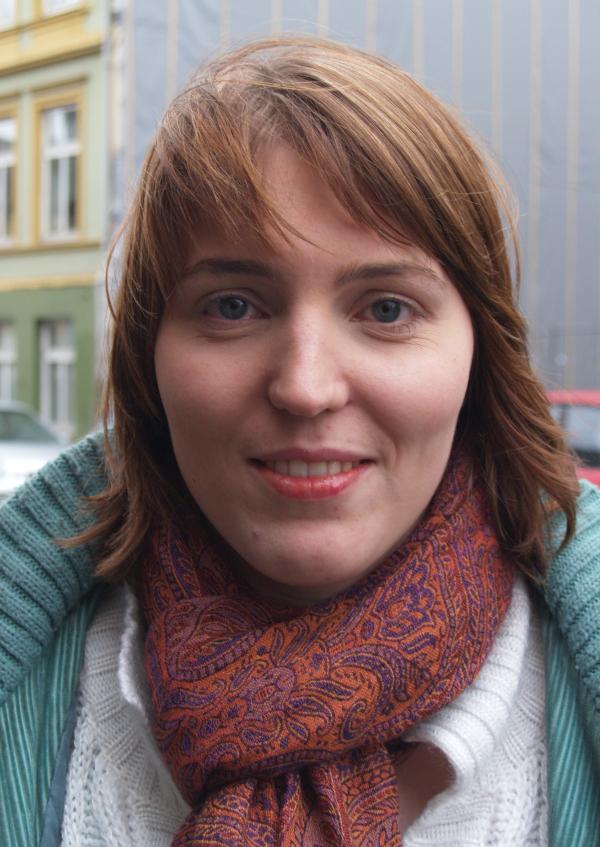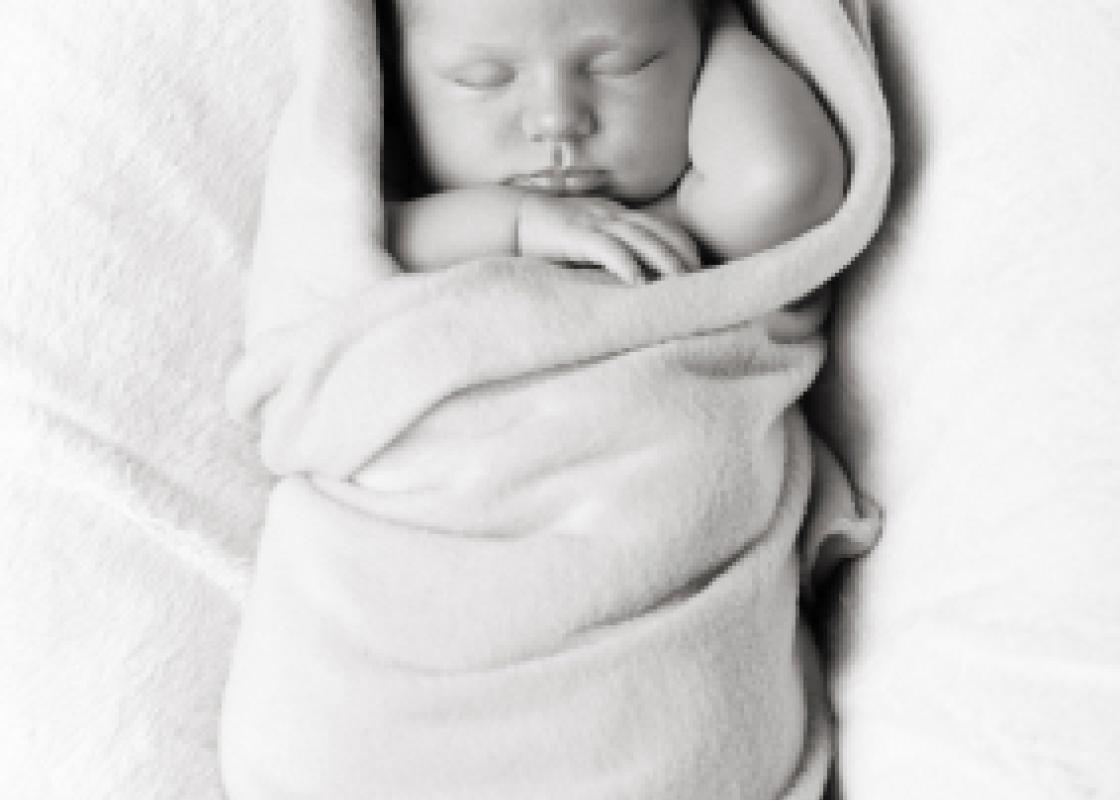Small penis, or large clitoris? The sex of a newborn child is not always as indisputable as we think. In Norway, 10 to 12 children are born every year having traits making it difficult to establish whether they are boys or girls. Their genitalia are deformed and some of the children have a chromosome disorder. It comes as a shock to the parents and is a challenge for medicine. What is one supposed to do?
- A child - or a human being, for that matter - without gender identity is unthinkable and unmanageable, legally and socially. For the government you cannot exist without gender, as your personal identity number and a registration as a citizen requires you to be either male or female, says social anthropologist Marit Vaula Rasmussen.
Irrevocable surgery
Rasmussen is a research fellow at the Centre for Women’s and Gender Research (SKOK) in Bergen and she is working on a Ph.D. project called “the invisible intersex children”. She is interested in how intersexed children are treated by medical professionals and in the health system. Rasmussen goes on to tell us that several of the children undergo irrevocable surgery while they are still very young. Most of them are “made into” females, because it is easier to construct female genitalia than male. This may involve the reduction of a small, but sexually sensitive penis, whereupon an orifice resembling a vagina is constructed. The orifice lacks sexually sensitive tissue, as such tissue cannot be constructed artificially. To prevent that the orifice heals and thereby disappears, the parents have to insert a specially made object into the child’s crotch several times a day.
- I’m surprised at how rarely this practice is discussed, considering the difficult ethical challenges it entails, after all. The surgery can have enormous consequences for the mental health and the future sexual life of intersexed children, says Rasmussen. She holds that the lack of debate is striking in comparison to the practice of gender reassignment surgery. In the Norwegian health system there is generally great restrictiveness related to the granting of gender reassignment surgery, and the justification is precisely that the surgery is irrevocable.
- The respect for the original body is great as for transsexual adults, while intersexed children have no say in the matter when their bodies are changed for ever. This is a thought-provoking paradox, says Rasmussen.
Not “hermaphrodites”
Intersexed persons were previously referred to as hermaphrodites, a concept now abandoned, because it is inherent with a misunderstanding that it is possible to be born with two complete sets of genitalia.
- “Can they have children with themselves?” people ask when I tell them about my research. But intersexed persons are often infertile, Rasmussen says. Around ten different diagnoses, either linked to chromosome disorders or hormonal disorders, may lead to an intersexual anatomy. Some of these, for instance Turner syndrome (i.e., girls with only one X chromosome) and Klinefelter’s syndrome (boys having two X chromosomes and one Y chromosome) are not included in the medical definition of intersex.

Illness or identity?
The concept of intersex itself is disputed, and in the US, the major organization for intersexed individuals, the Intersex Society of North America (ISNA), wants to replace it with the term “disorders of sex development”. Although ISNA is critical to the automatic, medical use of hormones and surgery, it wishes to stand apart from identity-political activists who claim that intersexed persons need space and acceptance rather than treatment.
The activists have had support from some researchers who have attempted to use intersex as an arena for a kind of queer politics, for instance the politically radical biologist Anne Fausto-Sterling.
- She argues that the diversity underlying intersexuality should be reflected in our perception of gender. We are not necessarily either a man or a woman, and only that, Rasmussen says.
Not a “queer project”
The anthropologist emphasizes that there is no ‘queer agenda’ behind her project.
- My intention is not to advocate a third gender, neither do I wish to attack the medical profession, she says. However, Rasmussen holds that intersexuality shows clearly that gender does not have clear-cut categories.
- The manner in which the medical profession and the government handles intersexuality shows that gender is not anything given from nature’s hand, which only can be managed, it also has to be formed. When the gender of an individual is unclear, the government steps in and creates a delimitation by means of medicine, says Rasmussen.
“Foucault’s dreamland”
The close connection with state powers and medical ideology and practice is an important perspective of Rasmussen’s research.
- Medicine is often regarded as a kind of objective description and understanding of the body, whereas I am inspired by Foucault as I analyze medicine as a social and cultural field. I am particularly interested in exploring how modern medicine and the medical profession discipline and regulate the body, with a view to its interaction with the modern state. Intersexuality provides an excellent access to study this, she says.
- In addition, Norway, with its close link between government and health care, is an ideal country for those interested in the relation between medicine and citizenship. Some have called Norway “Foucault’s dreamland”, Rasmussen continues, laughing.
A demanding project
Rasmussen hopes to be able to interview both medical professionals and adult intersexed patients for her thesis, but she knows that collecting data will be difficult.
- The subject is taboo to a great degree and I have been warned more than once that it will be difficult to get in touch with informants; however, that’s why I feel this project is important and necessary. We need more knowledge and openness about the situation of these children and how they are treated, Rasmussen concludes.
Translated by: Ragnhild N. Ruud
- Intersexuality is a medical condition where an individual in an organism, which is not naturally hermaphroditic, is born with traits which make it difficult to determine the gender of the individual.
- The condition is known in human beings. Each year 10-12 such children are born in Norway, and they are referred to as intersex children.
- Normally this condition is treated surgically and hormonally.
Sources: Wikipedia.no, Rikshospitalet and Marit Vaula Rasmussen
